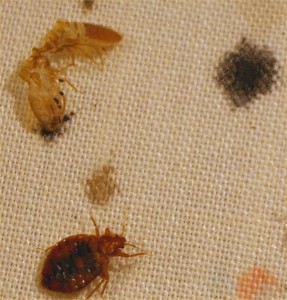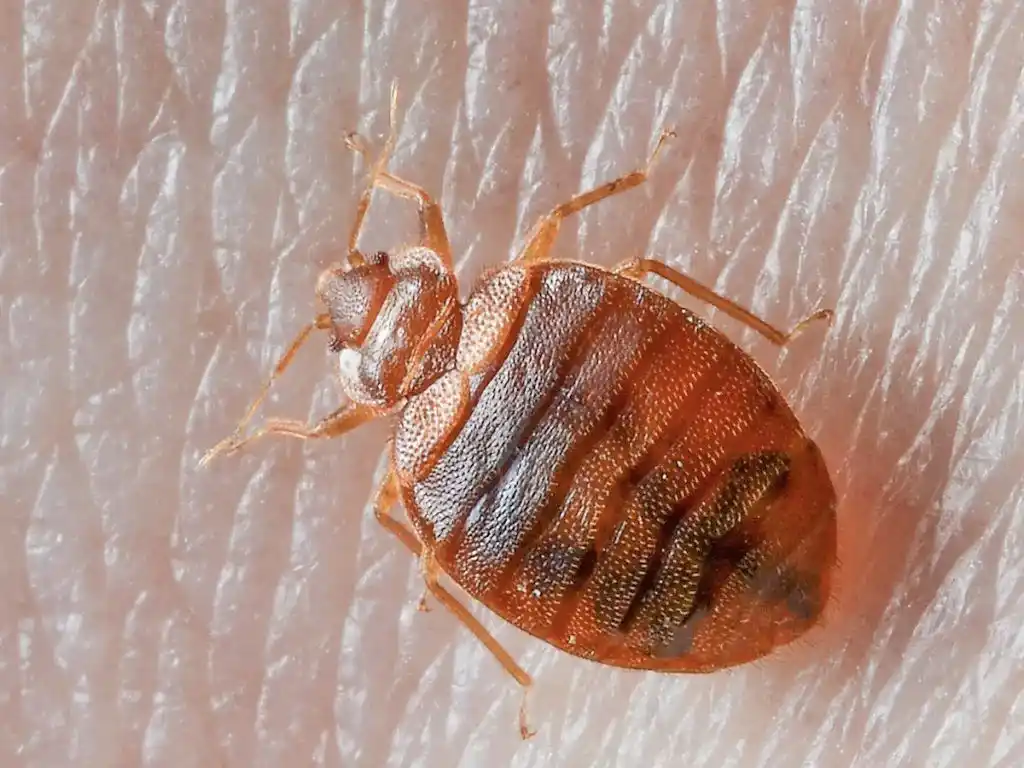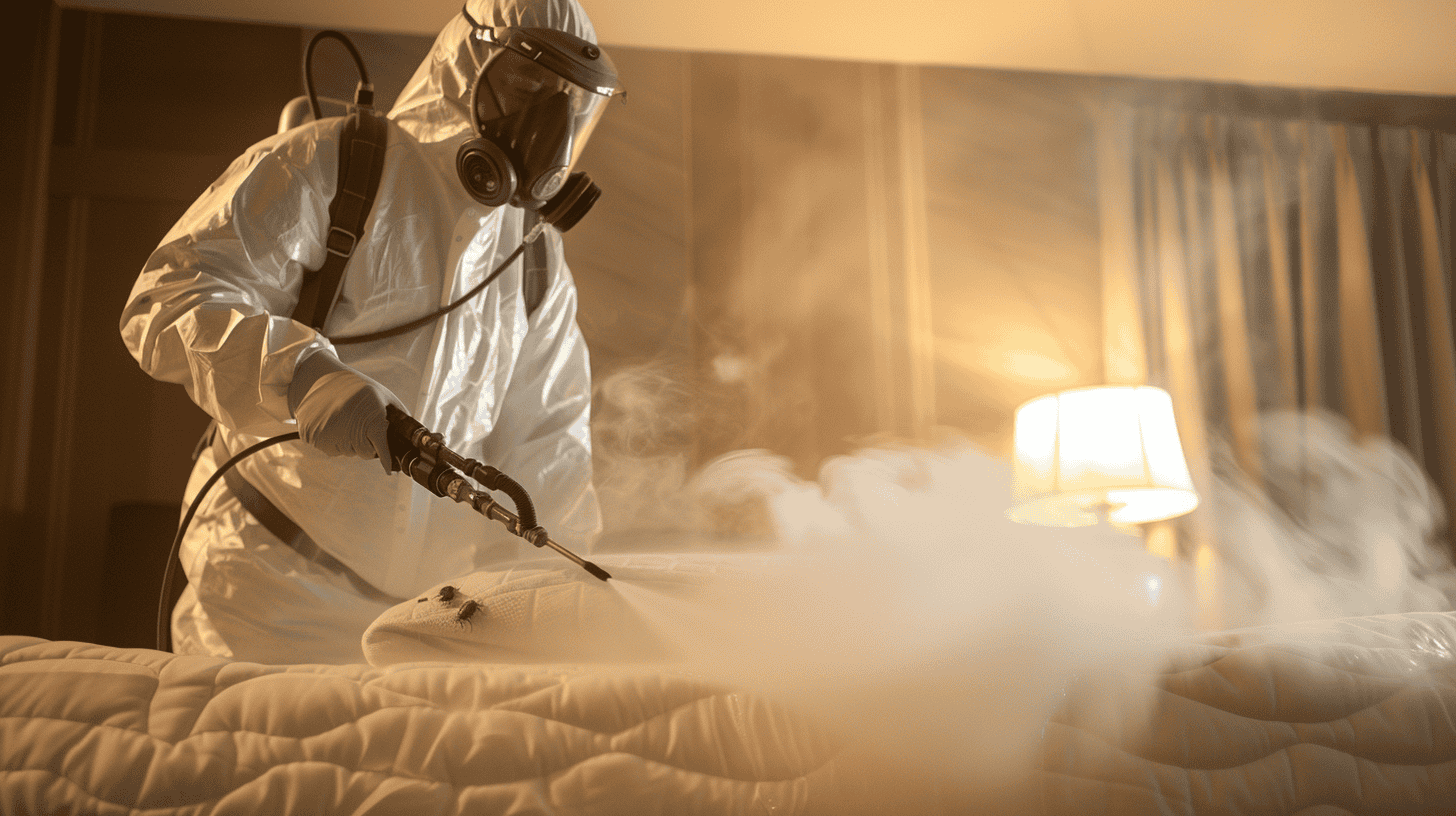Bedbug Control is Paramount. Bed bugs have been around for thousands of years. They feed on blood, but are not known to spread any diseases to humans. Some people can be allergic to their bites. Bedbug Control is not easy, but there are steps you can take to control the problem. There are also steps you can take to avoid bringing bed bugs home.
A traveller’s biggest fear is waking up in a hotel bed (or even your own bed!) with tell-tale bed bug bites and droplets of blood on the sheets. As more and more Kenyans travel abroad and international travellers visit this country, so the chances of a bed bug infestation in Kenyan hotels and homes increase.
What are bed bugs?

- Bed bugs are small, flat wingless insects that are reddish-brown in color and approximately one-quarter inch long, before feeding (about the size and shape of a small apple seed).
- They hide during the day on beds (mattress seams, box springs, bed frames, headboards) and in cracks and crevices of walls, floors and furniture. They come out at night.
- They do not fly or jump, but they can crawl rapidly.
How can bed bugs get into my home?
- They can come from other infested areas or from used furniture. They can hitch a ride in luggage, purses, backpacks, or other items placed on soft or upholstered surfaces.
- They can travel between rooms in multi-unit buildings, such as apartment complexes and hotels.
How do I know if I have a bed bug problem?
- You can see the bed bugs themselves, their shed skins, or their droppings in mattress seams and other items in the bedroom.
- There may also be blood stains on sheets.
How is Bedbug Control done in my home?

Whether they’re in your home or hotel, bed bugs are an unwanted (and terrifying) guest. All ‘beds’ are at risk, but especially beds in hotels with a large number of international travellers, or your bed at home if you’re a frequent traveller yourself.
Early detection and innovative solutions for Bedbug Control ensure that bed bugs do not spread to other parts of your building.
Bedbug Control It can be done, but it usually requires what is called an "integrated pest management" (IPM) approach. This combines techniques that pose the lowest risk to your health and the environment. Try these strategies:
- Clean and get rid of clutter, especially in your bedroom.
- Move your bed away from walls or furniture.
- Vacuum molding, windows and floors every day. Vacuum sides and seams of mattresses, box springs and furniture. Empty the vacuum or the bag immediately and dispose of outside in a sealed container or bag.
- Wash sheets, pillow cases, blankets and bed skirts and put them in a hot dryer for at least 30 minutes. Consider using mattress and box spring covers –the kind used for dust mite control–and put duct tape over the zippers.
- Seal cracks and crevices and any openings where pipes or wires come into the home.
Should I also try pesticides for Bedbug Control?
Pesticides may not be effective and can be dangerous if used improperly. If you decide to use pesticides, follow these rules:
- Only use pesticides that are registered by the U.S. Environmental Protection Agency (look for the U.S. EPA Registration Number on the label) and make sure they are labeled to control bed bugs.
- Do not apply pesticides directly to your body (there are no repellents registered to control bed bugs that can be used on the human body).
- Do not use outdoor pesticides indoors.
- If you decide to hire a pest control company, make sure they have experience with bed bugs. They should follow the steps of IPM, along with any pesticide application. Use a company that is registered and employs licensed applicators. Get in touch with Gilpest for better results in Bedbug Control.
